Startups That Use Technology To Deal With India’s Water Crisis
Harin - Jul 09, 2019
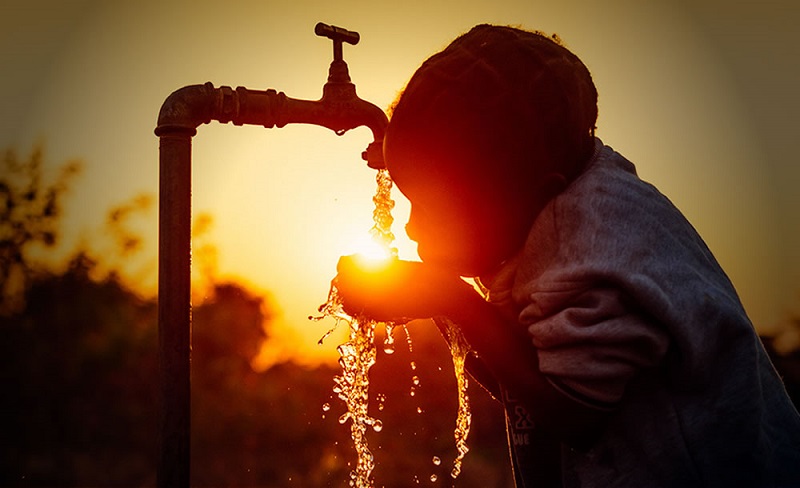
As India is facing a severe water crisis, these startups come up with devices using from AI, electricity to solar energy to deal with this problem.
- Delhi Is The World’s Most Polluted Capital City For Three Years In A Row
- Indian Farmers Install High-Tech, Night-Vision CCTV Cameras To Protect Themselves
- Looking For The Best Electric Bike In India 2021? Take A Look At These
Startup Uravu Labs from Bengaluru developed Aquapanel, a solar thermal-based device, which uses air to produce drinking water. Since the humidity is higher at night, the device will absorb water vapor. And during the daytime, when the device is heated up by the solar collector to around 80 to 100 Celcius degree, the saturated water vapor is released back inside. The vapors then passed through a condenser which is air-cooled and transformed into a liquid.
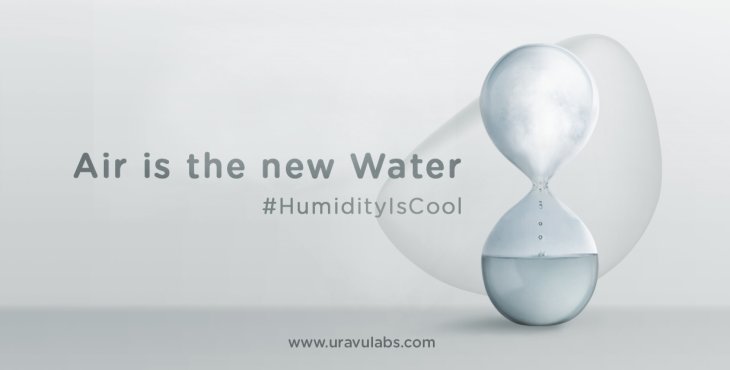
This device can filter out dust, pollen, or pollutant and utilizes UV light to prevent bacterial formation. Uravu Labs’ CEO, Swapnil Srivastav said:

Watergen, an Israel-based startup, has a similar device but runs on electricity rather than solar energy. The device is named Gen-350. With its working mechanism of purifying air moisture, Gen-350 is capable of producing 900 liters of water from the air every day. The makers use a filtration cascade with multiple layers to keep the water clean. And in order to keep it fresh, the water is continually circulated with an in-built treatment facility. Gen-350 is currently deployed in more than 3,400 schools and homes in South Africa.
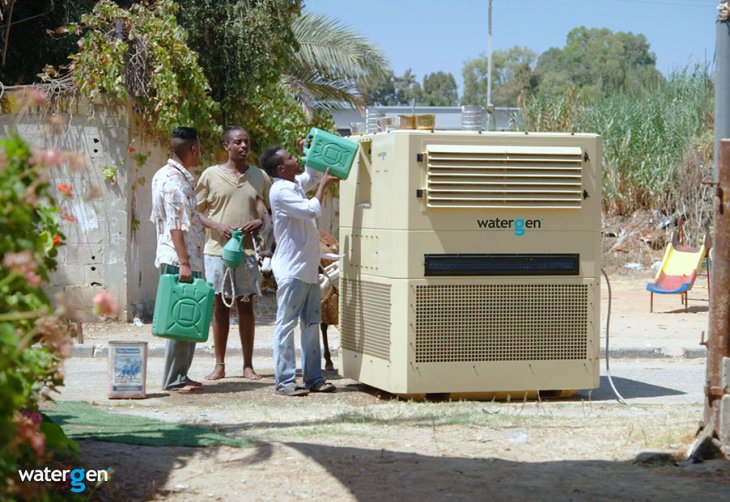
Clean Water AI can prevent people from being sick for drinking contaminated water. The system innovator and developer, Peter Ma said that the systems utilize machine learning as well as pattern recognition for bacteria identification. A digital microscope is connected to a PC or laptop attached with an Intel Movidius Neural Compute Stick to carry out real-time water testing. To train the AI system, Ma deployed Intel AI DevCloud. It cost him no more than $500 to build the system which takes a few minutes to be tested. Ma, using Clean Water AI, could identify the edges. Density, color, and shape of the two most common bacteria, Vibrio cholera, and Escherichia coli.
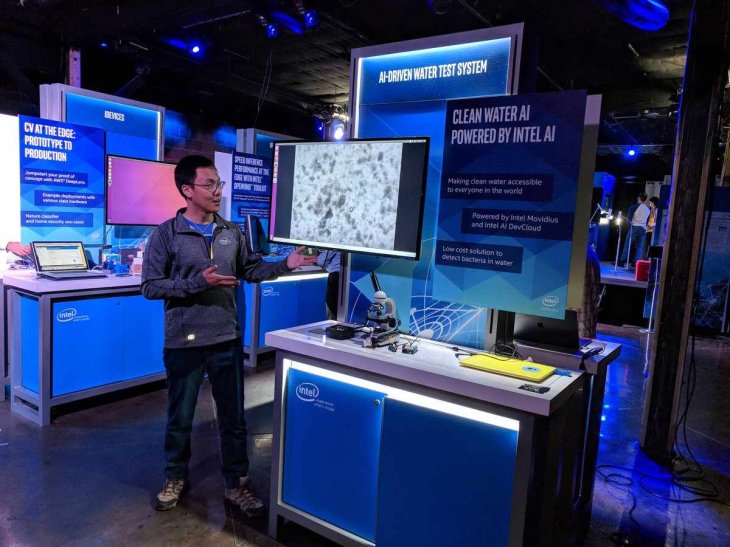
Many households in urban areas are dependent on UV or RO (reverse osmosis) water purifiers. Most of them don’t have a system that can warn users whenever the water quality starts to deteriorate.
Oceo Water, a company from Bengaluru, comes up with a water purifier which is IoT-enabled. The purifier can monitor the water in real time and sends users alerts if the device needs maintenance.
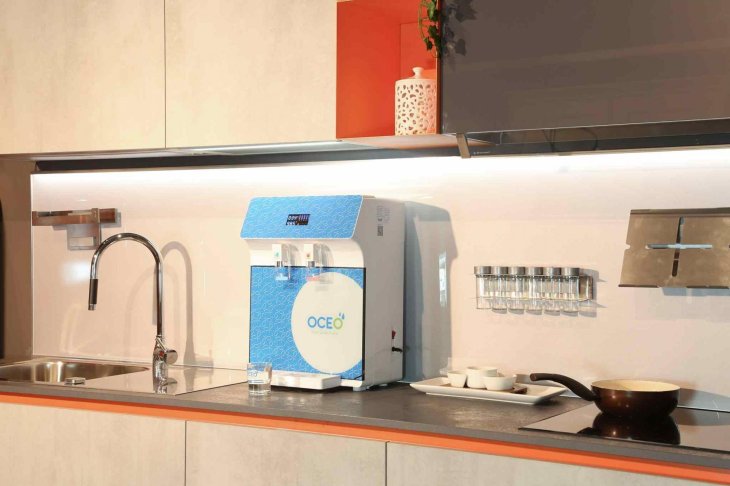
Gurugam-based Swajal is dealing with clean drinking water availability in public places through water ATMs. The water ATM runs on solar energy and uses sensors to remotely monitor the machine’s performance and water quality. According to Swajal, machine learning helps predict system failures even before it happens.
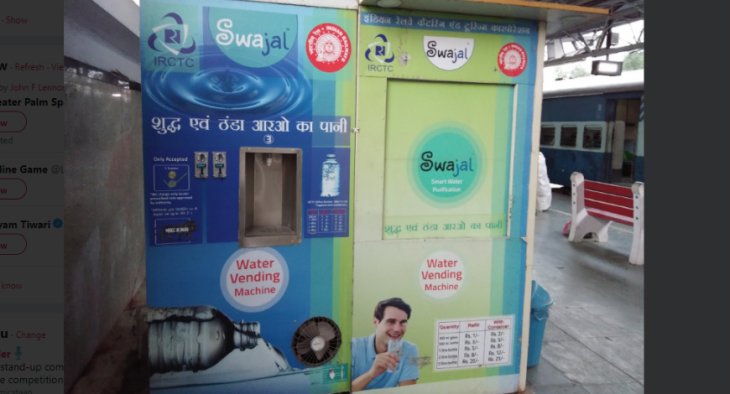
Featured Stories

Features - Jul 01, 2025
What Are The Fastest Passenger Vehicles Ever Created?

Features - Jun 25, 2025
Japan Hydrogen Breakthrough: Scientists Crack the Clean Energy Code with...

ICT News - Jun 25, 2025
AI Intimidation Tactics: CEOs Turn Flawed Technology Into Employee Fear Machine

Review - Jun 25, 2025
Windows 11 Problems: Is Microsoft's "Best" OS Actually Getting Worse?

Features - Jun 22, 2025
Telegram Founder Pavel Durov Plans to Split $14 Billion Fortune Among 106 Children

ICT News - Jun 22, 2025
Neuralink Telepathy Chip Enables Quadriplegic Rob Greiner to Control Games with...

Features - Jun 21, 2025
This Over $100 Bottle Has Nothing But Fresh Air Inside

Features - Jun 18, 2025
Best Mobile VPN Apps for Gaming 2025: Complete Guide

Features - Jun 18, 2025
A Math Formula Tells Us How Long Everything Will Live

Features - Jun 16, 2025
Comments
Sort by Newest | Popular